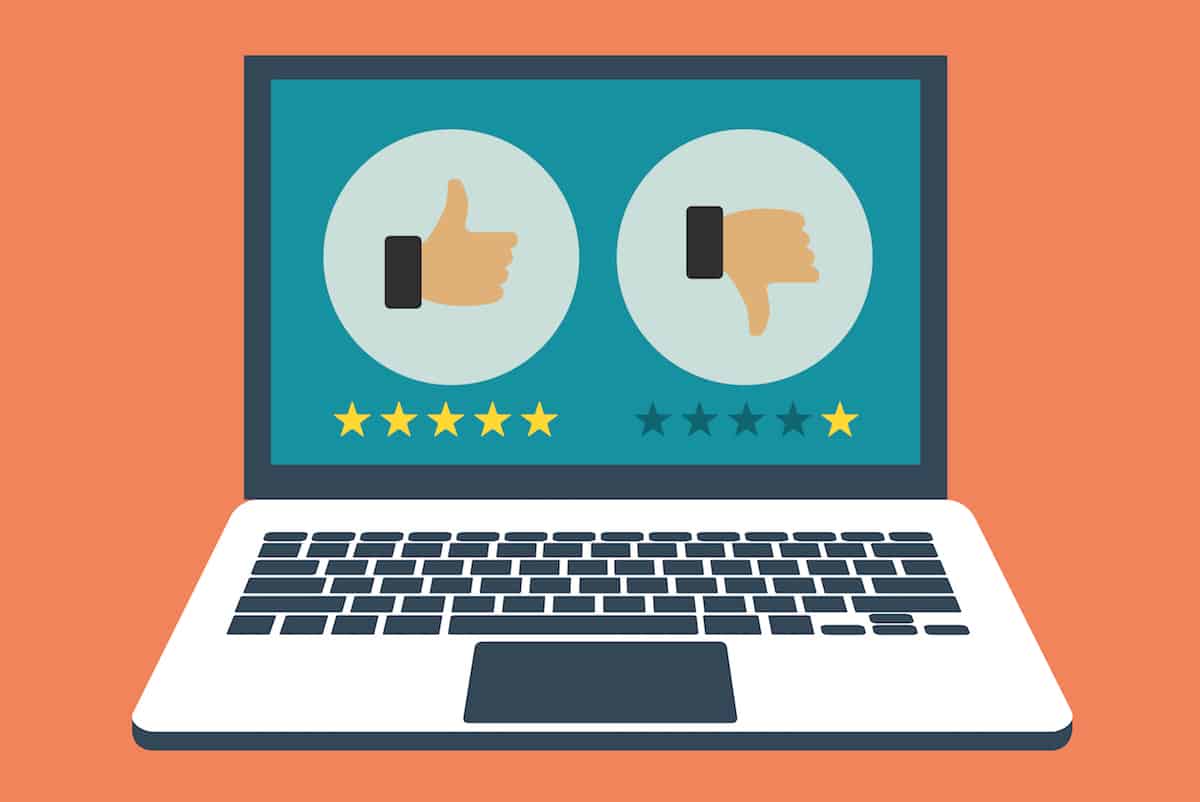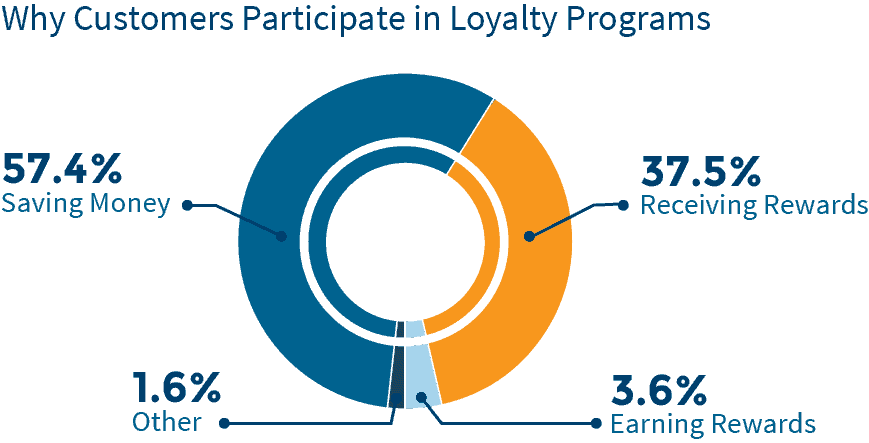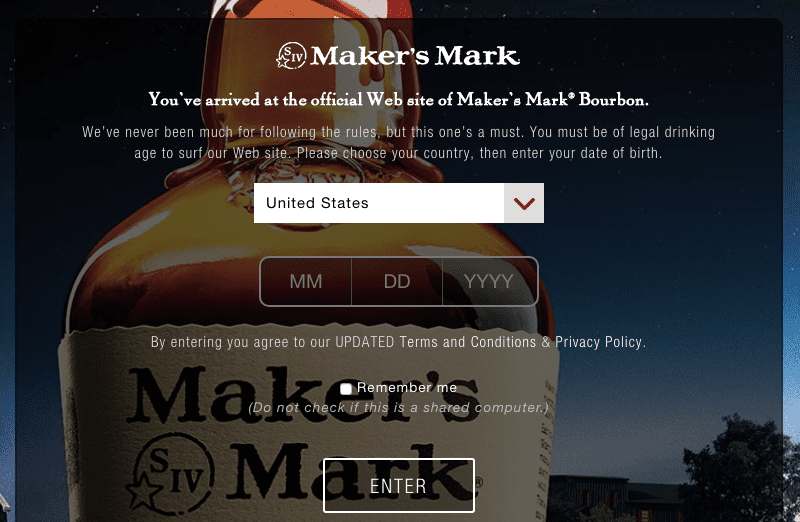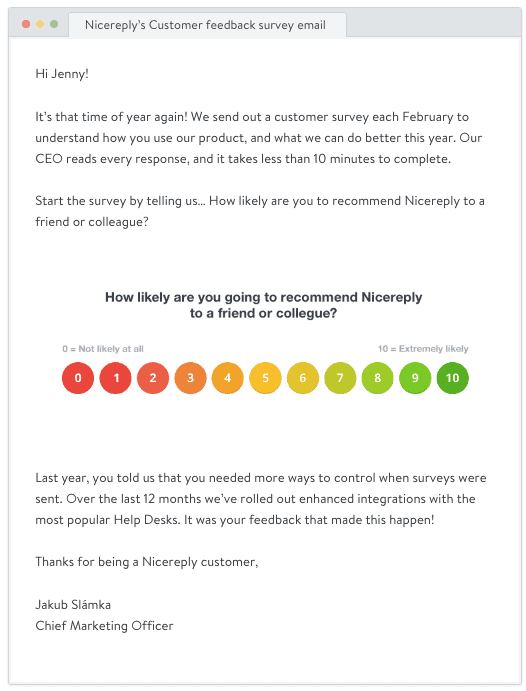
Customer loyalty is necessary for growth, but it’s not always easy to earn.
Even a 5% increase in customer retention rates can increase profitability by 75%.
Yet studies show that the majority of consumers believe that brands must first demonstrate they truly care about their customers before those rates can rise significantly.
When brands are willing to go the extra mile for customers, those customers respond.
But what does it mean to “go the extra mile,” exactly?
Here are a few ways that brands can demonstrate that they care for customers and improve their retention rates in the process.
The Problem With Customer Retention for Ecommerce
According to Filiberto Amati, author and founder of Amati & Associates, understanding customers takes a threefold strategy:
- Customers must be treated like real people and not just numbers. In his words, you have to make “an effort to relate to your [customers] on a personal level.”
- Customers must feel appreciated for their business. This could be as simple as a thank you note or a small gift, but it should be something.
- Brands should welcome feedback from all customers. This final piece, Filiberto says, should be proactive. “Don’t wait for negative feedback to come to you.”
In order for eCommerce brands to embrace this strategy, they must seek to understand what drives purchasing decisions.
This means determining not only why people buy, but why they leave, as well as how to build trust over time.
Finally, brands must know how to get feedback on a regular basis so that their marketing and engagement efforts shift along with their customers’ needs.
Here are some practical ways to do that.
1. Figure Out Why Customers are Leaving
When it comes to loyalty and trust, customers want to know that they mean more to your company than a dollar figure.
In one customer loyalty study, 68% of respondents indicated they had stopped shopping with a retail brand because of poor or indifferent attitudes from the company. Another study found that a negative attitude was considered the biggest reason for leaving.

Other reasons for leaving could include things like dissatisfaction with a product or service, or simply that they found better competitive pricing from other brands.
But at the end of the day, a bad attitude will hurt your bottom line more than anything else.

So how can you ensure that customers have a positive experience with your brand at every step of the journey?
A few places to start include:
- Using personalization for marketing and transactional emails, customer service contact and other online interactions
- Sending follow-up emails after purchases to ensure everything went as the customer expected and that they are satisfied with their purchase
- Offering a discount or small reward for repeated purchases
Consider including a personalized welcome series and post purchase emails to your automated email campaigns as a step toward recognition, and address any customer concerns as soon as possible.
2. Show Your Appreciation to Build Trust
As Filiberto pointed out, a simple thank you is often enough for customers to feel appreciated, and that’s certainly a good place to start.
But research shows that customers also want something of monetary value, too.
In one study from Technology Advice on why customers participate in loyalty programs, the top response from those surveyed was “saving money.”

Customers who received discounts or other promotional offers were more likely to feel appreciated than those who received a thank you email or written appreciation.
This is where having a solid customer loyalty program can help retailers improve retention rates.
Some ideas for customer loyalty rewards include things like:
- Annual discounts for members
- Incremental discounts for customers based on length of membership
- Free features or upgrades or random rewards
- Exclusive deals or pre-orders on certain products
- Free shipping (if not offered site wide)
- Money back on certain purchases
Ipsy, the makeup subscription box retailer, has a rewards program called Ipsy Shopper that allows customers to receive a certain percentage of cash back when they buy specific products from the Ipsy site.

Birchbox, another box subscription service, offers $10 off a purchase of $50 or more as a birthday gift for their members.

This not only shows customers that they are thought about on their birthday, but it also encourages them to spend money on Birchbox products.
The bourbon company, Maker’s Mark, is known for adding other personalized elements as rewards for customers as a part of their ambassador program.

Customers who are signed up for the program get their name on a barrel of aging bourbon and can buy a customized bottle from “their” batch.
These are all ways that other companies use loyalty programs to show appreciation to customers in unique ways while still encouraging purchases that drive business.
So while a “thank you” post purchase email is a good place to start, it’s not the only option if you want to show customers that you care.
3. Ask for Feedback
The final component to improving customer loyalty and retention rates is allowing customers to provide feedback on your products, customer service, and marketing efforts.
This feedback not only gives you insight into what you’re doing well (or what you need improvements on), but it also reveals the customer’s motivation for purchasing.
Questions like, “Why did you choose to buy from us?” or “Did shipping live up to your expectations, why or why not?” can help you see inside the mind of the shopper.
Email is one of the best ways to gather candid customer feedback about your products or services.
Here’s a great example of a customer feedback survey email from NiceReply:

When getting feedback, it’s important that customers know that they’re receiving a survey because you care about what they have to say, not that you’re trying to sell them more products.
A good way to show you care is explaining why you’re asking them questions.
Something like, “We want to improve XYZ about our brand” is a better intro than simply saying, “Please fill out this survey” because it shows that you have a goal in mind and that you will listen to the feedback given.
Here’s a great example of a feedback survey that does that:

They state a clear purpose to their survey (they want to better customize their emails) and their CTA also explains why customers are receiving the email (the brand wants to make the newsletter better).
Customers know that they’re contributing for a purpose, and that can go a long way to building trust with a brand, especially if they see their suggestions implemented in the future.
When it comes to customer loyalty (and retention rates), trust is essential.
Final Thoughts
The key to improving customer retention rates is to improve the customer’s relationship with your business.
Customers want 3 things:
- To be treated like real people
- To be appreciated (monetarily) for their business
- To be listened to
You can do this by sending personalized emails and finding ways to personalize the shopping experience for customers (and by having customer service listen to them, of course).
Creating a customer loyalty or rewards program will not only show customers that you appreciate them, but it will also incentivize them to continue shopping with your company.
And finally, make an effort to listen to them via feedback emails and surveys (and then actually implementing them in your business).
By making an effort to show that you care about your customers, customers will return the favor by continuing to support your brand for the long haul.

